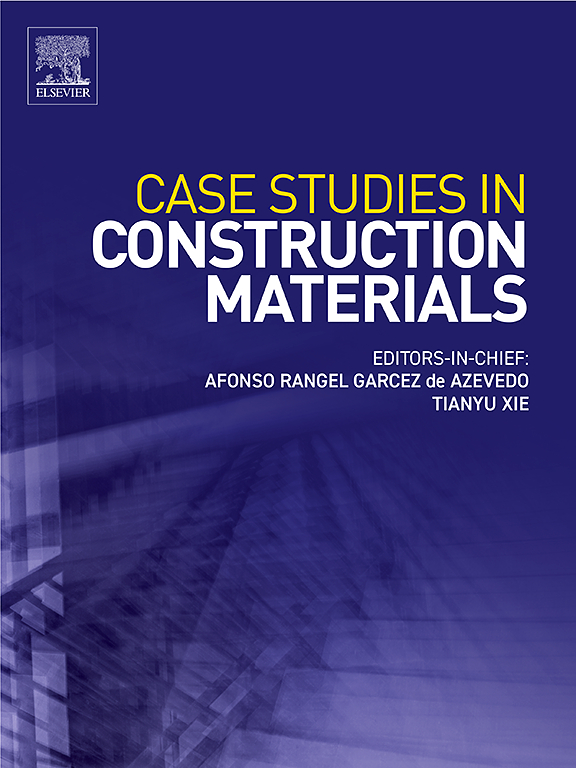基于机器学习的变截面形状超高性能混凝土梁扭转性能预测
IF 6.5
2区 工程技术
Q1 CONSTRUCTION & BUILDING TECHNOLOGY
引用次数: 0
摘要
超高性能混凝土(UHPC)以其卓越的机械性能而闻名;然而,其扭转性能仍未得到充分的了解,这对其在受扭转载荷的结构中的应用提出了挑战。现有的预测方法往往不能准确地捕捉材料特性、截面几何形状和钢筋之间复杂的相互作用,导致显著的误差。这项工作引入了一种独特的机器学习(ML)方法来准确预测uhpc的扭转行为。在113个UHPC样本数据集上对随机森林、梯度增强回归和长短期记忆(LSTM)三种强大的算法进行了训练和评估。梯度增强回归器提供的最佳r平方为99 %,而LSTM和随机森林的准确率分别为98 %和96 %。ML方法确定了劈裂抗拉强度、纤维长度、腹板宽度和箍筋直径是控制扭转力的最重要因素。这些结果为深入了解影响UHPC扭转性能的复杂相互作用提供了见解,为在具有挑战性的应用中进行精确的UHPC设计开辟了道路。本文章由计算机程序翻译,如有差异,请以英文原文为准。
Machine learning-based prediction of torsional behavior for ultra-high-performance concrete beams with variable cross-sectional shapes
Ultra-high-performance concrete (UHPC) is renowned for its exceptional mechanical properties; however, its torsional behavior remains inadequately understood, posing challenges for its application in structures subjected to twisting loads. Existing prediction methods often fall short of accurately capturing the complex interplay between material characteristics, cross-sectional geometry, and reinforcement, leading to significant errors. This work introduces a unique Machine Learning (ML) method to accurately anticipate the torsional behavior of UHPCs. Three powerful algorithms, Random Forest, Gradient Boosting Regressor, and Long Short-Term Memory (LSTM), were trained and assessed on a dataset of 113 UHPC specimens. The best R-squared was 99 % provided by the Gradient Boosting Regressor, while the LSTM and Random Forest showed 98 % and 96 % accuracy. The ML approach determined that splitting tensile strength, fiber length, web width, and stirrup diameter were the most important factors controlling torsional force. These results provide insight into the complex interaction affecting UHPC torsional performance, opening the path for accurate UHPC design in challenging applications.
求助全文
通过发布文献求助,成功后即可免费获取论文全文。
去求助
来源期刊

Case Studies in Construction Materials
Multiple-
CiteScore
7.60
自引率
19.40%
发文量
842
审稿时长
63 days
期刊介绍:
Case Studies in Construction Materials provides a forum for the rapid publication of short, structured Case Studies on construction materials. In addition, the journal also publishes related Short Communications, Full length research article and Comprehensive review papers (by invitation).
The journal will provide an essential compendium of case studies for practicing engineers, designers, researchers and other practitioners who are interested in all aspects construction materials. The journal will publish new and novel case studies, but will also provide a forum for the publication of high quality descriptions of classic construction material problems and solutions.
 求助内容:
求助内容: 应助结果提醒方式:
应助结果提醒方式:


